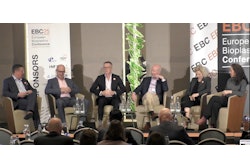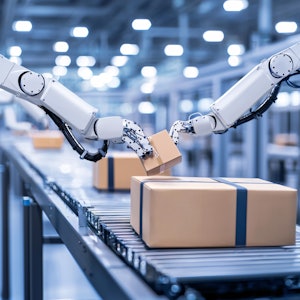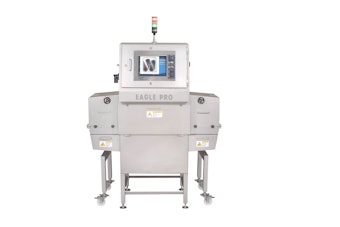In 2018, the Ellen MacArthur Foundation (EMF), in collaboration with the United Nations Environment Programme, launched the Global Commitment, an initiative of industry/government volunteers with a vision of a circular economy for plastics.
More than 1,000 industry organizations, government representatives and NGOs joined the initiative including approximately 250 companies representing 20% of the world’s plastic packaging production, pledging to “stop plastic packaging becoming waste,” and setting what the EMF called “ambitious 2025 targets to help realize that common vision.”
Now, with 2025 nearly upon us, the realities of advancing science, evolving markets, adjusting consumer perceptions and changing economics have led some green goal-setters to re-evaluate both the scope and accomplishment dates of their ambitions.
Despite those challenges and in the face of continuing criticism from anti-plastics voices, packaging pros are continuing to press forward on a diversity of continuously evolving sustainability goals, as the following tiny sampling shows.
Unilever is releasing its new Climate Transition Action Plan (CTAP), outlining its aim to become a lower-emissions business and achieve its climate goals. The company has adopted new value chain emissions targets, including a 39% reduction in total targeted Scope 3 emissions by 2030. Some of the plan’s other elements include:
- Achieving net zero greenhouse gas emissions from all its products
- Communicating the carbon footprint of every product it produces
- Striving to make product formulations biodegradable by 2030
In its 2023 sustainability report., “2023 Sustainable in a Generation Report, Mars, Inc. contends that it is making “good progress” on the goals aligned with EMF’s global commitment, but “design and infrastructure changes needed are taking longer than we anticipated” to achieve circularity.
Underscoring the challenge, Allison Lin, global vice president of packaging sustainability and chief circularity officer, notes that Mars is working “to redesign more than 12,000 packaging units and eliminate unnecessary packaging wherever possible” by “removing certain packaging formats and materials, moving to mono-materials, switching to paper, and exploring reuse.”
Mars sells 210,000 metric tons of plastic annually in its consumer-facing business, noting that almost half of its packaging portfolio is being redesigned or eliminated to align with current or future recycling infrastructure. “Regardless of our redesign efforts, our products will only be fully circular when the necessary waste management, collection, sorting, and recycling infrastructure exists at scale, and we are working actively with governments and NGOs to drive this change,” Lin says.
Colgate-Palmolive’s packaging sustainability story has a legal element that others surely would hope to avoid. When it developed a recyclable toothpaste tube to replace the traditional multi-layer, multi-material ones on the market, Colgate’s dream was for all HDPE tubes, not just those for toothpaste, to be recycled.
For now, that dream may be turning into a nightmare because of a class-action suit charging Colgate with deceptive advertising practices. Colgate developed, then shared some of the tube IP with other fillers to encourage them to switch to the recyclable tubes. The suit contends that the tubes are NOT recyclable because MRFs can’t easily distinguish them from traditional ones and are rejecting them, making them only technically recyclable, not recyclable in actual practice. Colgate is fighting the suit.
Plastics’ critics will continue to fault many of these sustainability actions and plans as pullbacks from the ambitious goals the companies originally set for themselves. They should, in fact, view them as pragmatic course corrections hastening the ultimate achievement of the companies’ journeys to sustainable operations.
Driven by economics and the constantly evolving marketplace, smart businesses will continue course correcting their flights to packaging sustainability.
By continuous effort and in collaboration with anyone – critics, rivals, suppliers included – industry will achieve their sustainability goals. Critics may continue to harp on industry’s sustainability course corrections as though they were the end of the line and not merely steering adjustments on the trajectory to sustainability.


























